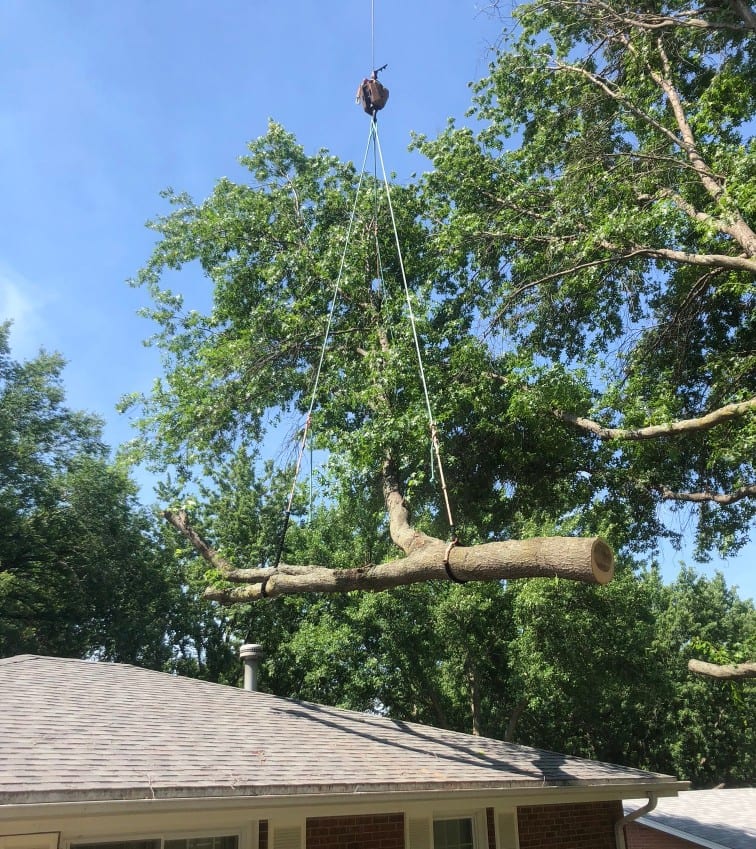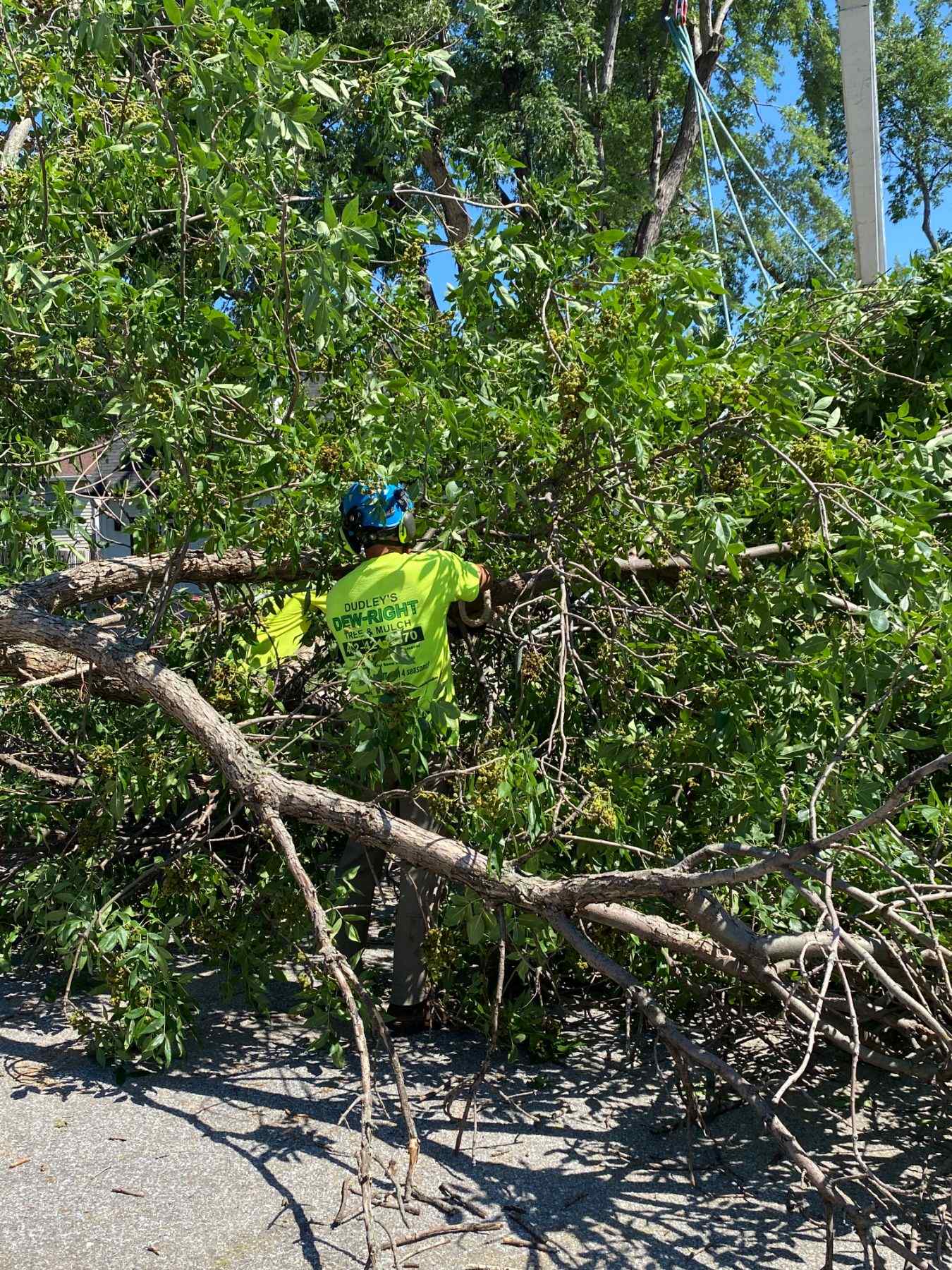Winter is just around the corner. While you and your family may be ready for the frigid temperatures and whirling snowstorms, it’s safe to say your trees are probably not. Before this year’s snowmageddon, head outside and complete this checklist to make sure your trees are well-equipped to brave the upcoming winter months.

- Cleanup. The first thing you’ll want to do to prepare your trees for winter is some general clean up duties. Inspect your yard for fallen branches and remove them (or hire someone to remove them if they’re too large). Next, look for tree branches that hang over your home or areas where people frequent. Snow will accumulate on these limbs during the winter causing them to break and fall, which can mean bad news for your roof, cars, etc. If the branch is of considerable size or you’re worried about it, it’s best to remove it before it causes larger issues. Lastly, prune your trees to remove dead or dying branches. This reduces the risk of disease and will give your trees the strength they need to survive the winter.
- Fertilize. Trees lose much of their vital nutrients in the summer due to the hot, drying conditions. It’s important to apply a slow-release fertilizer to your trees during the fall in order to replenish those lost nutrients and provide them with enough food to survive the winter. The fertilizer will also help trees fight insects, disease, and damaging weather.
- Water heavily. Similar to fertilizing, fall is the time to provide your trees with a hefty amount of hydration. Give your trees extra water during the fall because winters can actually be as drying as summers.
- Mulch. Applying mulch around your trees is a good way for them to retain moisture during the winter. Mulch acts as both a sponge that holds water as well as a barrier to the outside elements. Be mindful to keep at least six inches of space between tree bark and where you lay the mulch to prevent fungus from growing on the trunk itself.
- Plant new trees. It may seem counterproductive to plant new trees in the autumn months, but it’s actually one of the most successful times to do it. During the fall, there’s no extreme heat and less drought, which gives newly planted trees the ability to form a strong root system before winter dormancy.
- Wrap. After the first freeze of the year (which usually occurs during late October or early November), wrap your trees using commercial tree wrap. The wrap acts as a barrier around your trees to prevent winter burn (a condition involving extreme drying) and other damaging winter effects. To learn more about how to wrap your trees, click here.
Many of us aren’t big fans of the winter season, but it doesn’t have to be because of the damage it does to our trees. Follow these tips to protect your trees and landscaping this winter and contact Dudley’s Dew Right for all your professional tree service needs!

